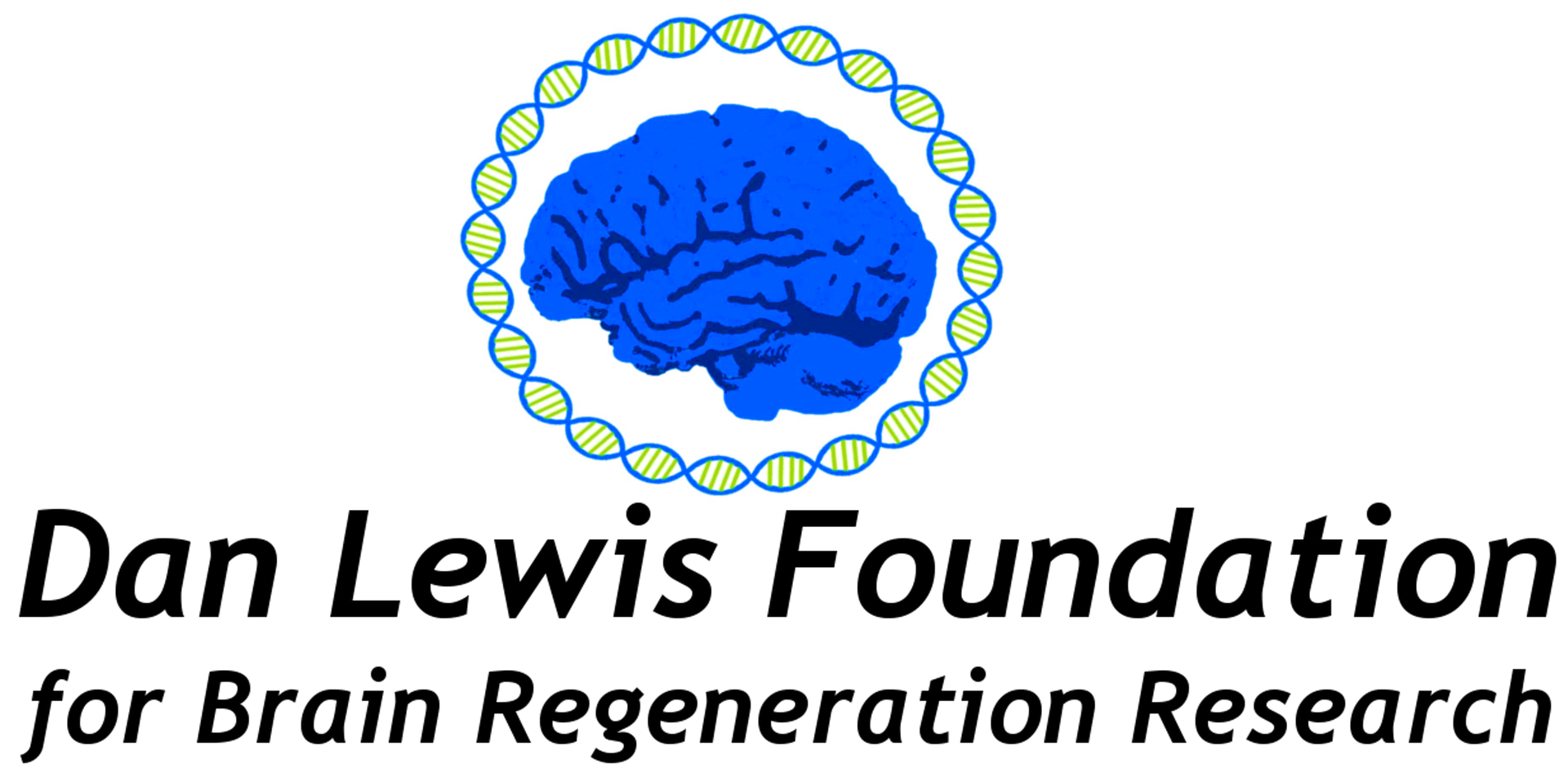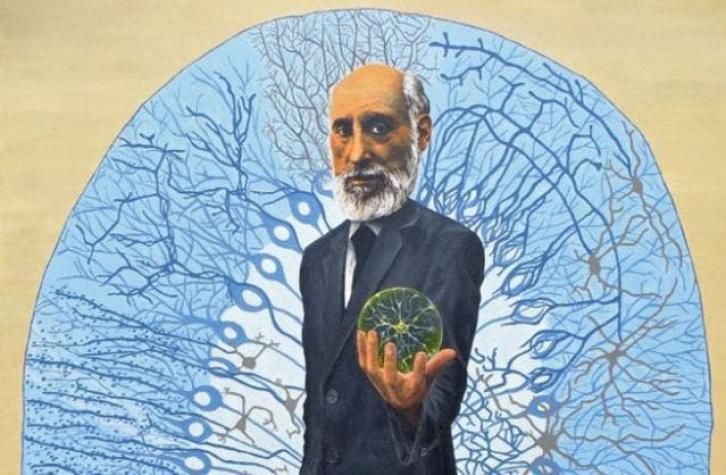Research Review Corner

On July 10, 2025, the Advanced Research Projects Agency for Health (ARPA-H) announced a major initiative titled Functional Repair of Neocortical Tissue or FRONT. The announcement states “FRONT will pioneer a curative therapy for the more than 20 million adults in the US living with chronic neocortical brain damage from neurodegeneration, stroke, trauma, and other causes, which costs the country an estimated $800 billion per year. Worldwide, more than 200 million people live with debilitating after-effects of brain damage.” A set of informational meetings about this program and a due date for outlines of potential proposals have been set for August. Full proposals are due by September 25, 2025. Complete instructions, specifications, and expectations are delineated in the ARPA-H FRONT announcement. The FRONT announcement includes a clear expectation that the successful brain regeneration methods that are discovered will be used in clinical trials with persons with brain injury by the fifth year of the program. The DLF lauds ARPA-H for initiating this program. We are discussing possibilities for playing a supportive role as proposals develop. This exciting program is congruent with the original overarching goals of the DLF and confirms the validity of its mission.
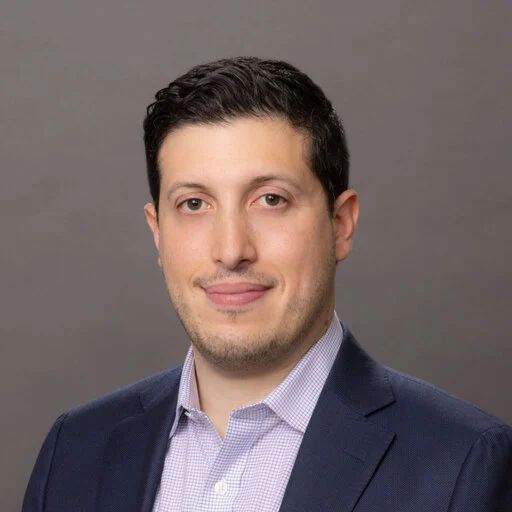
Dr. Burrell is a translational neuroengineer in the Departments of Neurosurgery and Oral & Maxillofacial Surgery at the University of Pennsylvania. His research integrates advanced neural repair strategies with clinical translation, focusing on axon protection, nerve fusion, and engineered neural tissue for neurotrauma recovery. Dr. Burrell has led the development of multiple first-in-field innovations—including the first large-animal model of nerve fusion, delayed axonal fusion protocols, and the first orally active axonal protectants—positioning him as a recognized leader in regenerative neurotechnologies. He is co-founder of Neurostorative LLC and plays a central role in several other platforms aimed at neural reconnection, long-term preservation, and bio-integrated prosthetic systems.
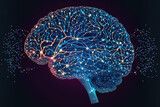
The human brain is remarkable in its complexity, adaptability, and resilience. Yet, millions worldwide face dramatically impaired quality of life due to traumatic brain injuries, strokes, and degenerative neurological diseases. Today, there are no medicines that stimulate the restoration of lost brain functions. Recent research is showing us a path to new medicines that may activate the brain’s inherent capacity for regeneration following severe injury. One notable researcher in this pioneering field is Jared Tangeman at Johns Hopkins University. Tangeman investigates the extraordinary regenerative capabilities of the axolotl, a salamander species uniquely capable of completely regenerating its central nervous system (CNS), including brain and spinal cord tissues. Through sophisticated genetic and cellular analyses, his lab has uncovered essential genetic programs activated during neural regeneration. Tangeman’s laboratory employs innovative models of optic nerve injuries, such as whole-eye enucleation (temporary removal and reimplantation of the entire eye in the salamander) to explore how retinal cells survive extreme conditions and regenerate nerve connections. Utilizing advanced genomic techniques, including single-cell RNA sequencing and chromatin profiling, paired with AI-driven structural modeling, Tangeman identifies critical genes such as ATF3 and RUNX1, which regulate neuronal survival, axon regeneration, and the activation of progenitor cells into new neurons¹. Identifying specific genes involved in regeneration provides precise molecular targets for developing new therapeutic approaches. Once these targets are validated in human cell-based models, they can guide the development of novel medicines, particularly genomically targeted drugs, to enable human brain regeneration after severe injury. Complementing Tangeman’s fundamental research is work led by Justin Burrell at the University of Pennsylvania. Burrell is focused on rapidly translating laboratory findings into clinically viable therapies. His team discovered boldine, a compound with remarkable neuroprotective effects. This compound has been shown to reduce nerve damage and promote nerve regeneration in animal studies². These findings have potential implications for treating nerve injuries and TBI. Additionally, Burrell’s team has developed engineered neural scaffolds, biomaterials designed to guide nerve fibers across injury sites, which have successfully reconnected severed nerves in preclinical studies³. These tissue-engineered constructs, when combined with pharmacological interventions such as boldine, offer promising dual-action treatments capable of dramatically improving recovery outcomes for severe brain injuries. The innovative research by Tangeman and Burrell showcases a powerful synergy—Tangeman’s foundational insights into molecular regeneration mechanisms provide precise targets for novel therapies, while Burrell’s work demonstrates practical strategies immediately applicable in clinical settings. A promising therapeutic frontier inspired by these fundamental discoveries involves genomically targeted medicines such as antisense oligonucleotides (ASOs) and RNA interference (RNAi) molecules. ASOs are short, synthetic molecules designed to precisely modulate gene expression by targeting specific RNA sequences, thus influencing cellular behaviors and disease processes⁴. ASOs have demonstrated clinical efficacy in treating genetic diseases, including spinal muscular atrophy, underscoring their therapeutic potential for neurological conditions⁵. Similarly, RNAi-based therapies, designed to silence specific genes involved in disease progression, have recently entered clinical practice for conditions such as hereditary amyloidosis, further underscoring their potential⁶. Notably, ASO-based therapies are currently being tested in clinical trials for spinal cord injuries, aiming to harness the CNS’s innate ability to restructure itself. These pioneering trials, led by neuroscientists such as Stephen Strittmatter at Yale University, indicate a viable pathway toward applying similar strategies to brain injuries⁷. The convergence of Tangeman’s foundational genetic discoveries and Burrell’s translational approaches positions genomically targeted therapies, including ASOs and RNAi, as highly promising tools for stimulating regeneration and recovery. Once validated in human cell-based models, these targeted genomic strategies can significantly enhance regenerative capacities in human brains after severe injury. Concurrent advances in biomaterials, nanomedicine, and artificial intelligence (AI) further bolster regenerative research. For example, nanotechnologies enable the targeted delivery of therapeutics directly to injured brain regions, increasing efficacy and precision⁸. AI-driven tools rapidly analyze complex genetic and molecular data, swiftly identifying promising targets and therapeutic strategies. Collectively, the groundbreaking efforts of researchers like Jared Tangeman and Justin Burrell, alongside advances in genomically targeted therapies, nanomedicine, and AI, hold transformative potential. These innovations significantly advance our understanding and ability to promote neural regeneration, offering renewed hope and improved quality of life for millions affected by severe neurological injuries.
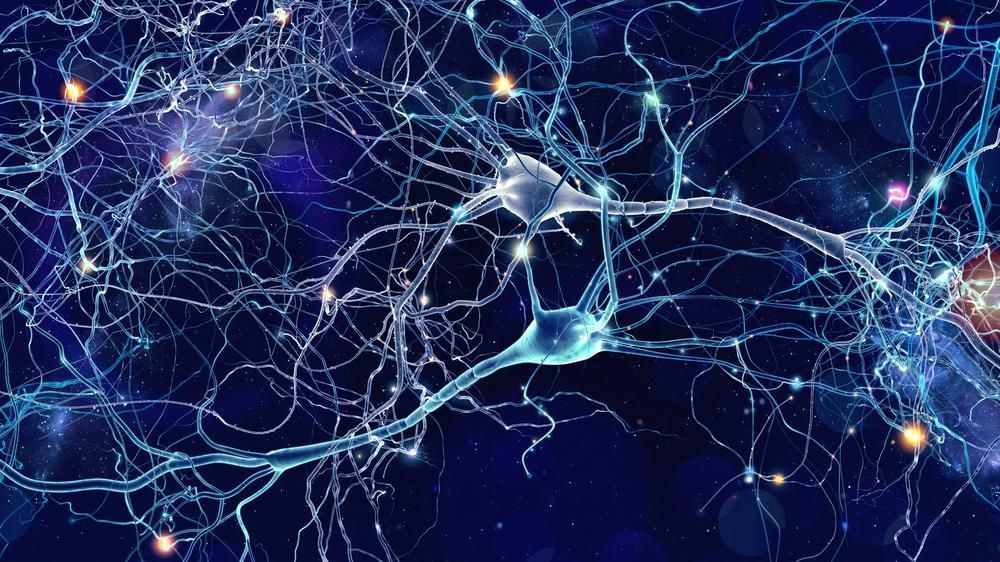
Introduction: The Paradigm Shift in Brain Regeneration For decades, scientists believed that the adult brain was incapable of meaningful regeneration. Unlike skin or muscle, the central nervous system (CNS) appeared to lack the ability to repair itself after injury, and lost neurons were considered irreplaceable. However, cutting-edge research now demonstrates that this is no longer the case. The brain possesses dormant repair mechanisms—pathways that were active during development but have been shut down in adulthood. By reactivating these pathways, it may be possible to induce neurogenesis (the birth of new neurons), axonal repair, and synaptogenesis (the formation of new neuronal connections) after devastating injuries like stroke, traumatic brain injury, and spinal cord damage. A growing body of evidence from both the spinal cord and the central nervous system (the CNS) shows that regeneration can be stimulated by downregulating the repressing factors that prevent neuron growth and repair. For clarity, “downregulation” means reducing the activity or number of something. In the case of a repressing factor, downregulation means lowering its levels or making it less active. A repressor is a protein that blocks a process—often by preventing a gene from being turned on. When the repressor is downregulated, it no longer effectively blocks that process, allowing the underlying function to be released or activated. These advances open the door to new treatments that could restore function to patients with neurological injuries, potentially reversing what were once thought to be permanent disabilities. The Science Behind Reactivating Brain Repair Neurodevelopmental genes and pathways that promote neuronal growth and plasticity are switched off after early development. However, researchers have identified key molecular regulators that act as “brakes” on brain regeneration. The “brakes” act as repressors of brain regeneration. By inhibiting these repressors, the brain’s intrinsic ability to regrow neurons and axons can be reactivated. Recent breakthroughs include: Neurogenesis in the Adult Brain : Research has shown that downregulation of PTBP1, an RNA-binding protein, can convert glial cells into neurons in the adult brain. Studies using antisense oligonucleotide (ASO) therapy to transiently suppress PTBP1 have successfully induced the formation of functional neurons in mouse models of neurodegeneration. For clarity, an antisense oligonucleotide (ASO) is a short strand of DNA or RNA designed to bind to a specific mRNA and regulate gene expression. By binding to its target, an ASO can block protein production, modify splicing, or mark the mRNA for destruction, effectively acting as a precise “off switch” for genes. In this context ASOs can be used to release glial cells to develop into functional neurons. Work is now underway to create ASOs that can be safely administered to humans, thereby stimulating the creation of new neurons. Axonal Regeneration in the CNS: Another major discovery involves unlocking nerve fiber regrowth by downregulating specific nerve growth inhibition, which prevents nerve fiber regrowth. Studies have demonstrated that suppressing these inhibitors leads to long-distance axonal regeneration, restoring function in spinal cord injury models. Synaptic Repair in Neurodegenerative Disease: Scientists have shown that modulating key synaptic receptors—such as mGluR5—can restore lost synaptic connectivity, improving brain network function in neurodegenerative diseases like Alzheimer’s. The neuronal connections and circuits in the brain are maintained in a stable state by the balanced action of different synaptic receptors. By modifying this balance, the rate of brain synapse formation can be increased or decreased. Together, these findings confirm that neural repair is possible when the appropriate repressive factors are removed, unlocking the brain’s natural regenerative capacity. Quiver’s Scalable Human Neuronal Platform: Accelerating Discovery While these discoveries are promising, translating them into effective therapies requires precise, scalable, and high-throughput screening technologies that can screen out or discover biomolecules that address a specific biomedical target by the thousands with great rapidity. One such technology has been developed by Quiver Biosciences using an all-optical electrophysiology platform. (Note: the author of this article is a co-founder of Quiver Biosciences) Quiver has developed a human induced pluripotent stem cell (hIPSC)-derived neuronal platform that allows researchers to measure functional activity in human neurons at an unprecedented scale. This platform is uniquely capable of: Directly measuring neuronal excitability, synaptic transmission, and network connectivity using optogenetics and advanced imaging techniques. Screening for new factors that inhibit brain repair, helping scientists identify additional repressors that need to be targeted. Evaluating small molecules and ASO-based therapies that may upregulate brain regeneration, assessing their efficacy and toxicity before advancing to clinical trials. The potential of this platform is vast. Scientists can now systematically search for drugs that mimic the effects of PTBP1 suppression, Nogo-A blockade, or mGluR5modulation—treatments that could one day be used to regrow neurons, reconnect severed axons, and restore lost synapses in patients with brain injuries. Key advantages of Quiver’s platform include: Scalability: Unlike traditional animal models, this system enables high- throughput drug screening on human neurons, increasing the efficiency of therapeutic discovery. Relevance: Because the neurons are derived from human stem cells, they offer a more accurate model of human brain function and disease than animal-based approaches. Safety Screening: The platform allows for early identification of toxic effects, ensuring that only the safest and most effective compounds move forward in development. By integrating AI and machine learning, Quiver’s platform also enables pattern recognition of successful drug candidates, identifying compounds with optimal efficacy and minimal side effects. The Role of Philanthropy: Funding the Future of Brain Repair Scientific breakthroughs alone are not enough to bring regenerative therapies to patients. Translational research—the process of developing basic discoveries into real-world treatments—is slow, expensive, and underfunded. This is where philanthropic support can make an immediate impact. Many of the pioneering studies on brain regeneration were initially considered too risky or unconventional for traditional funding sources. Yet, thanks to early philanthropic investments, these ideas have now been validated and are shaping the next generation of treatments. Today, funding is urgently needed to: Expand screening for regeneration-promoting drugs Optimize ASO-based approaches for inducing neurogenesis and axonal repair. Accelerate clinical trials for promising regenerative therapies. A New Era for Brain Regeneration For the first time, we have the tools to reactivate the brain’s own repair mechanisms, offering hope for individuals with severe neurological injuries. The path forward is clear: by investing in innovative research, scaling up discovery efforts, and supporting translational studies, we can bring brain-regenerating therapies to patients faster. The DLF raises funds and uses them to inspire, catalyze, and accelerate work towards brain regeneration. We increase public awareness of possibilities in brain regeneration through our social media, news “blasts”, and quarterly newsletter. And, we promote neuroscientific advances through consultation, networking, conferences, and seed grants. This is especially important when federal funding is limited. By supporting this work, we can help transform groundbreaking scientific insights into real treatments that restore lost function and improve lives.

Stroke is a common neurological condition that damages brain cells (neurons) in the affected area, leading to a loss of the functions controlled by that region. A hopeful aspect of stroke recovery is that, over time and with rehabilitation, many individuals regain some abilities. This recovery has been linked to a process called “remapping,” where neurons in unaffected areas of the brain adapt to take over the functions of the damaged areas. Although many studies have explored this remapping phenomenon, most evidence has been indirect, based on changes in brain activation patterns or neuron connections after stroke in animal models. Direct proof that neurons change functionality after stroke has been lacking, partly because measuring neuron activity in the brain over time, especially at the necessary scale and duration, is challenging.

Scientists worldwide are working to find ways to stimulate healing and functional recovery after severe brain injuries. This work is driven by the desperate needs of persons who have suffered brain damage. It is inspired by the knowledge that the information required to create new brain cells, cause these cells to interconnect, and stimulate new learning is contained in our genome. Now that we can readily generate stem cells from adult tissue, we have access to the genomic program that can control all of the intricate details of brain tissue formation. A number of different research themes are being pursued productively. These include: (1) enabling injured neurons to self-repair (“axonal repair”) 1,2 ; (2) replacing damaged tissue by increasing the growth of new neurons (“neurogenesis”) 3-5 ; (3) transplanting new brain cells that are derived from a person’s own stem cells (“autologous cellular repletion”) 6-8 ; (4) stimulating the re-wiring of new or surviving tissue by encouraging the formation of new connections (“synaptogenesis”) 9,10 ; and (5) augmenting the function of a damaged brain by the use of bio-computational prostheses (“brain-computer interfaces”) 11,12 ; We’ve explored these themes in previous newsletters. The goal of stimulating meaningful brain regeneration is now sufficiently plausible that a large-scale, well-funded campaign needs to be funded to bring meaningful new therapies to patients within the foreseeable future. Here, we suggest a high-level outline of the research themes for such a campaign. A ‘moon shot’ program towards brain regeneration would leverage cutting-edge technologies in stem cell research, gene therapy, synaptic plasticity, neuronal repair, and brain-computer interfaces (BCIs) to develop innovative treatments for brain injuries and neurodegenerative diseases. These treatments would target the restoration of lost brain functions and improvement in the quality of life for individuals affected by severe brain injuries. This research agenda aims to catalyze serious discussion about creating a federal program with funding, organizational resources, and expert governance to enable brain regeneration in our lifetimes. Major Themes For a Brain Regeneration “Moon Shot” Program 1: Promote the formation of new neurons 1.1 Stimulate the brain to create new neurons 1.2 Create new neurons from patient-derived induced pluripotent stem cells to be transplanted back into the patient. Create new glial cells to support neurogenesis. 2: Stimulate new synaptic formation 2.1 Develop drugs that enhance synaptic plasticity and promote the formation of new synaptic connections 3: Stimulate self-repair of damaged neurons 3.1 Develop drugs that de-repress neurons and, thereby, enable axonal regrowth 4: Develop brain-computer interfaces (BCIs) for brain-injured patients 4.1: Develop and test BCIs that enable the brain to control behaviors or external devices and, thereby, augment or replace impaired functions. 4.2: Develop and test BCIs that can accelerate the training of remapped brain tissue in persons with brain injuries to optimize functional recovery. 4.3: Combine BCIs with other strategies (e.g., cell repletion, synaptogenesis, and enhanced plasticity) to accelerate adaptation and functional improvement. The proposed research themes can underpin targeted research to stimulate meaningful brain regeneration, offering new hope for patients with brain injuries and neurodegenerative diseases. While the scientific challenges are profound, there has been sufficient progress to justify substantial investment in brain regeneration research. Any such large-scale program will require coordinated collaborations among academic and commercial partners, skillful governance and management, and a shared sense of profound commitment to the goal. The recent pace of advances in cell biology, stem cell technology, bio-computational interfaces, and genomically targeting medicines suggests that large-scale investment will yield meaningful clinical advances toward brain regeneration after injury. With robust funding and skilled leadership, this comprehensive research agenda has a realistic potential to transform scientific breakthroughs into tangible medical therapies, offering hope to millions affected by brain damage.

Towards Brain Regeneration and Functional Recovery A significant brain injury can result in the loss of brain tissue, disruption of nervous system connections, destruction of brain regions controlling various functions, and chaotic biochemical and electrical activity. To minimize the initial injury’s impact, it is important to control bleeding and swelling, limit ongoing damage and scarring, and limit harmful cascading metabolic processes. Human brain tissue does not regenerate, but some functional recovery can occur as surviving brain regions retrain to take over lost functions. Survivors of severe brain injury often experience only modest improvement over time. Recent research has indicated that developing biomolecular medicines that can stimulate brain regeneration and functional recovery is plausible, even years after the injury. The DLF is dedicated to supporting the creation of biomedical therapies for brain regeneration for persons with severe brain damage. Their strategies include repletion of neurons, enhancement of synaptic connections, reconnection of severed axons, targeted training of brain regions, and innovative use of brain-computer interfaces. The DLF newsletter has and will continue to showcase cutting-edge research to inspire support for this important work. The DLF relies on charitable contributions and grants to fund research. Every donation, whether large or small, helps to make our vision of meaningful brain regeneration and improved functional outcomes closer to reality. To learn more: https://www.danlewisfoundation.org/towards-brain-regeneration-and-functional-recovery The Synapse and Brain Regeneration The brain largely consists of interconnected neurons carrying electrical currents. These currents are transmitted by neurotransmitters at a microscopically small gap (the synapse) between neurons. Neurotransmitters carry the signal across the synapse, thus allowing the signal to pass from one neuron to the next. The brain relies on trillions of these synaptic connections, which form established pathways but also allow the brain to alter itself in response to stimulation to adapt to new experiences. Recent breakthroughs in research have significantly advanced our understanding of synaptic formation, neurotransmitter roles, and the effects of drugs on cross-synaptic communication. After severe brain injury, the formation of new synaptic connections is crucial for functional recovery. Studies have shown that stimulating the connection between neurons is a highly promising strategy for brain regeneration. Another innovative approach involves replacing lost neurons by stimulating new growth or transplanting cells. Providing a rich environment that supports synaptic connections through retraining helps promote neuroplasticity. To learn more: https://www.danlewisfoundation.org/the-synapse-and-brain-regeneration Can Damaged Brain Tissue Be Replaced? Brain regeneration research, a novel and cutting-edge area, is dedicated to the regrowth or regeneration of brain tissue. Recent advances involve creating induced pluripotent stem cells (iPSCs) from skin cells, which can form any mature tissue, including nerve tissue. Researchers hope to restore lost brain functions by reintroducing these stem cells into damaged brains. For instance, iPSCs can generate dopamine-producing neurons to replace those lost in Parkinson’s disease. Studies in monkeys show that transplanted iPSC-derived neurons can survive, integrate, and improve motor function, with promising results in human clinical trials. Despite progress, many scientific, technical, and ethical challenges remain. However, cultivating induced pluripotent stem cells from an individual’s own existing cells offers significant hope for meaningful regeneration of the injured brain and better recovery. To learn more: https://www.danlewisfoundation.org/can-damaged-brain-tissue-be-replaced Targeting the Genome to Promote Brain Regeneration The entire set of DNA instructions in a cell (the genome) directs the brain’s development, growth, and maturation. DNA, containing the genetic code unique to each individual, is encoded into a similar molecule called RNA. The RNA then carries genetic information that is translated into various proteins necessary for neuronal proliferation and health Researchers are exploring several methods to stimulate brain regeneration at the genetic level: Gene Therapy: This method introduces new genetic material into adult cells using an engineered “de-activated” virus to carry DNA to target cells to promote neuronal repletion. This method has shown promise in terms of the production of proteins necessary to protect existing neurons or to regenerate neurons in neurodegenerative diseases. Gene Editing: Techniques like CRISPR-Cas9 enable precise genomic corrections. Successful trials for genetic blindness offer hope for similar applications in brain regeneration. Antisense Oligonucleotides (ASOs): These are small synthetic chains of amino acids that bind to RNA molecules to modulate gene activity. ASOs can inhibit the production of proteins harmful to neurological development or promote the production of beneficial proteins, showing great promise in diseases like spinal muscular atrophy, Huntington’s disease, and ALS. To learn more: https://www.danlewisfoundation.org/targeting-the-genome-to-promote-brain-regeneration Unlocking the Regenerative Powers of Antisense Oligonucleotides for Brain Injury Recovery The brain’s inherent limitations in regeneration pose significant challenges in the recovery from brain injuries and neurological disorders like Alzheimer’s and Parkinson’s. Recent strides in molecular biology and genetics, particularly with antisense oligonucleotides (ASOs), hold immense promise for novel and effective treatments. ASOs interact with RNA to block gene expression, potentially enhancing regeneration by: Promoting neurogenesis by targeting genes that regulate neuron formation. Reducing inflammation by silencing inflammatory process genes. Enhancing axon (portion of the nerve cell that sends signals at the synapse) regrowth to re-establish functional connections. Challenges for ASO therapies include ensuring specificity to avoid off-target effects and ensuring effective delivery across the blood-brain barrier. Nevertheless, ASOs represent a very exciting path towards brain regeneration. To learn more: https://www.danlewisfoundation.org/unlocking-the-regenerative-powers-of-antisense-oligonucleotides-for-brain-injury-recovery Brain Regeneration via Brain Tissue Transplantation: A Glimpse into the Future of Medicine Replacing a severely damaged liver with a healthy portion is possible; replacing brain tissue is far more challenging. The first major hurdle in brain tissue transplantation is sourcing replacement brain tissue. With recent breakthroughs, scientists are now able to transform readily available blood or skin cells into pluripotent stem cells (iPSCs) and reprogram them into neurons. When cultured, these neurons can mimic intact brain neurons and are not rejected as foreign tissue when transplanted back into the individual. A decade ago, scientists successfully grew derived neurons into organoids -- small ‘mini-brains’ with many features of a living brain. Despite limited survival in cell cultures, these organoids demonstrated that derived neurons possess all the necessary information to create a partially functional brain in the laboratory setting. With their ability to develop new neural connections, organoids hold immense potential in compensating for damaged brain tissue and promoting recovery. However, their application in humans necessitates the creation of suitable transplantation sites, developing surgical techniques, and optimizing tissue integration without disrupting brain activity. To learn more: https://www.danlewisfoundation.org/brain-regeneration-via-brain-tissue-transplantation Brain-Computer Interfaces to Augment Brain Regeneration A Brain-Computer Interface (BCI) enables direct communication between the brain and external devices, allowing control through thought. BCIs facilitate actions like typing, playing music, controlling prosthetics, or steering wheelchairs by thinking. They can also reconnect brain regions to the body or external world after neuronal connections are lost, providing sensory input or motor output. How Do BCIs Work? BCIs are not just about decoding and encoding the brain’s electrical signals. They are a complex interplay of technology and biology. BCIs use sensors placed on the scalp (non-invasive) or within the brain (invasive) to detect these signals. Sophisticated algorithms are the key to making BCIs work. These algorithms interpret the signals, enabling control of prosthetic limbs, cursors, or other devices and transmitting sensory information directly to the brain. BCIs hold immense potential to transform the lives of individuals with severe brain injuries. They can empower paralyzed individuals to regain control over their limbs, expedite brain reprogramming, and enable the use of external devices. Biologic Augmentation of BCI Benefits New medicines that stimulate neuron formation, repair damaged axons, and enhance synaptic connections have the potential to amplify the benefits of brain-computer interfaces. These treatments might aid BCI recipients by preconditioning the brain or replacing lost tissue. However, challenges remain, including ethical considerations, technological limitations, and the need for personalized rehabilitation. Despite these hurdles, BCI technology shows promising potential for restoring abilities to those with severe brain injuries. To learn more: https://www.danlewisfoundation.org/brain-computer-interfaces-to-augment-brain-regeneration
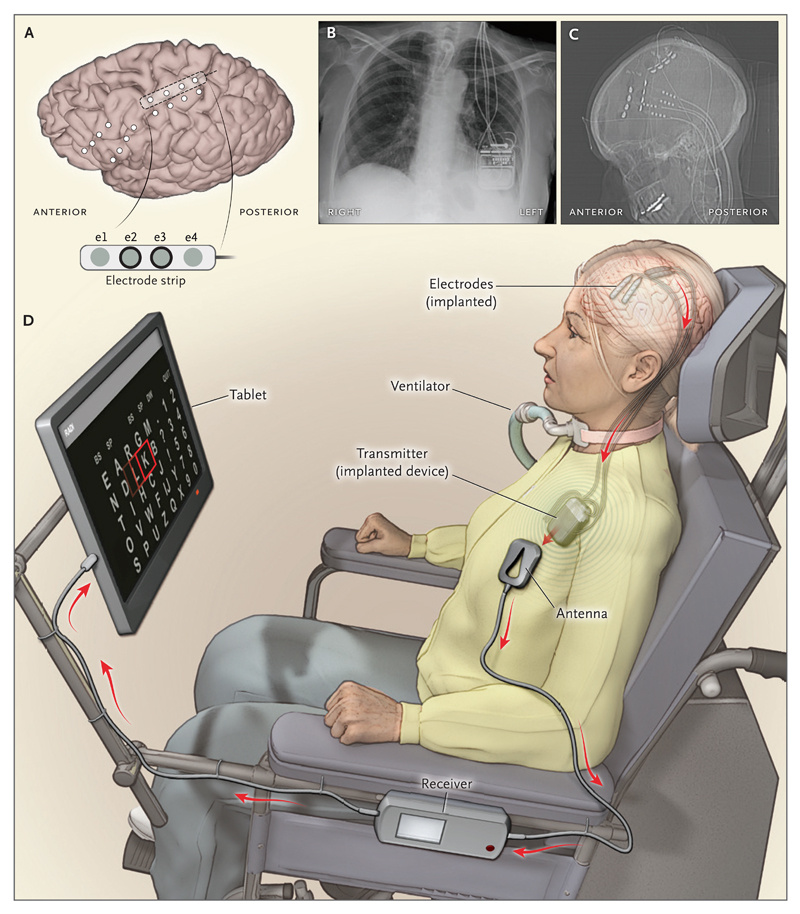
In prior newsletters, we’ve discussed research strategies that bring hope to persons with severe disabilities after a major brain injury. We’ve discussed research focused on creating and transplanting new brain cells to replace damaged tissue [ “cellular repletion” ]. We’ve reviewed progress towards stimulating the brain to regrow [ “regeneration” ] and rewire itself [ “axonal repair” ] as it seeks to compensate for damage. We’ve explored evidence that the brain can be induced to regenerate new connections [ “synaptogenesis” ]. This edition will discuss how biomechanical devices called brain-computer interfaces (“BCIs”) can help a person compensate for an injured brain. We will also explore how new medicines may help a person maximize the benefits of BCIs. The idea of a direct connection between a person’s brain and the external world mediated by a computer sounds like an idea from science fiction. Nevertheless, brain-computer interface devices have been developed and are beginning to be implanted in patients. What is a BCI? At its essence, a brain-computer interface is a system that allows direct communication between the human brain and the world, either for sensory inputs or motor outputs. Imagine typing a message, playing a song, controlling an artificial limb, or steering a wheelchair merely by thinking about it. Picture a blind person having a camera-like device that is hardwired to the visual cortex to enable sight or a glove that transmits sensory information directly to the cortex for interpretation. More formally, a BCI is a type of prosthesis that allows regions of the brain to be reconnected to parts of the body or the outside world after the natural neuronal connections have been lost. BCIs connect the world to the brain for interpretation and the brain to the world for action. How Do BCIs Work? The magic behind BCIs lies in their ability to decode and encode the brain's electrical signals. Our thoughts and intentions spark neural activity, generating distinctive electrical patterns. Our sensations exist as patterns of neuronal excitation in the brain. BCIs can control limbs or external devices by detecting the electrical patterns of intentions and then translating these signals into commands that can control a prosthetic limb, a cursor on a screen, or the hand of a person whose spinal cord has been severed. BCIs tap into the brain’s electrical activity using various sensors placed on the scalp (non-invasively) or directly within the brain (invasively) to detect and record these signals. Once these signals are captured, they are fed into a computer that interprets them using sophisticated algorithms. This process translates the brain's electrical activity into commands controlling external devices or encoding sensory information to be transmitted directly to the brain (see Figure 1). The Potential Impact of BCIs: There are numerous potential impacts of BCIs for persons who have suffered a severe brain injury. A BCI can allow someone who is paralyzed to control a limb again. BCIs may be used to stimulate regions of the brain to accelerate the brain’s reprogramming after a major injury. Some will be able to use a BCI to directly control an external device by sending signals from the brain to an external device. For individuals living with paralysis or severe communication barriers, BCIs offer the hope of regaining some abilities to interact with the world. In the future, devices may enable the blind to see via a direct connection between an electronic device and the brain. 1 Brain-computer interfaces have begun to enable individuals with traumatic injuries of the central nervous system to regain components of lost neurologic function, restore communication and mobility, and gain more independence. 2 Here are two short video clips about BCIs to help you better understand the technology and its implications. The first describes what these devices are and how they work [ BCI overview ]. The second demonstrates the benefit of such a device for a patient with ALS [ BCI in ALS ]. BCIs in Clinical Trials: Several BCIs are being tested in clinical trials, each involving a few patients (see Table 1). Different devices and trials target different capabilities. One trial is focused on allowing a paralyzed patient to control a computer cursor by thought alone. Several trials are using BCIs to bypass a spinal cord injury and restore (partial) control over a limb. 3 Finally, a range of devices are being developed or trialed to accelerate brain recovery after injury. 4 Biologic Augmentation of BCI Benefits: As discussed elsewhere, there is real hope that new medicines will be able to unlock the brain’s ability to regenerate after a devastating injury. Future medicines that stimulate the formation of new neurons, repair of damaged axons, or the enhanced plasticity of synaptic connections are all likely to promote functional recovery without the use of a brain-computer prosthetic device. These medicines may also be quite useful for recipients of BCIs. More specifically, preconditioning the brain through stimulating neurogenesis, providing autologous-derived neurons, or enhancing plasticity may amplify the benefits of (BCIs) for recipients with traumatic brain injuries. Even after the BCI is successfully implanted, the person will need protracted training and rehabilitation to learn how to use the device. Providing autologously derived neurons to replace lost tissue may be helpful for those whose injuries resulted in a substantial loss of viable brain tissue. To be clear, the path towards useful BCIs will be challenging. Ethical considerations, technological limitations, and the need for personalized rehabilitation strategies remain pivotal areas requiring further exploration and refinement. Despite these hurdles, the trajectory of BCI technology is undeniably promising, driven by ongoing research, clinical trials, and the real promise of restoring meaningful ability to those who have suffered a devastating brain injury. Table 1: Selected BCI Trials
